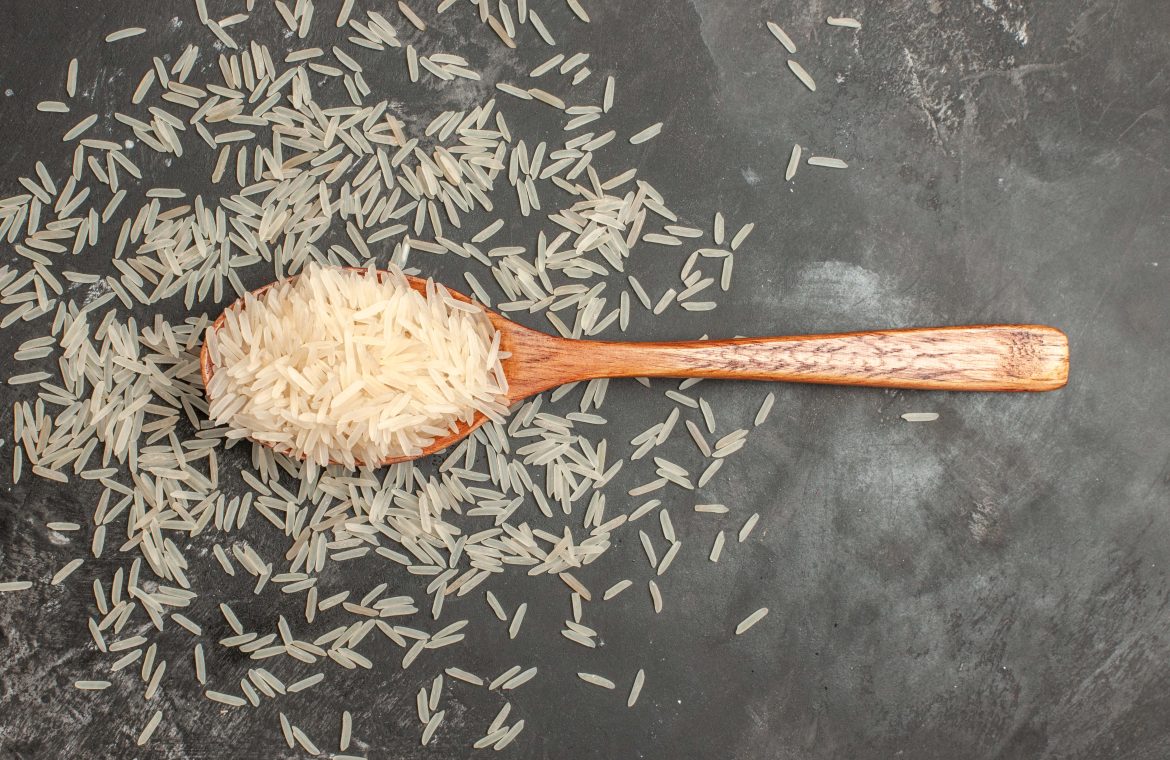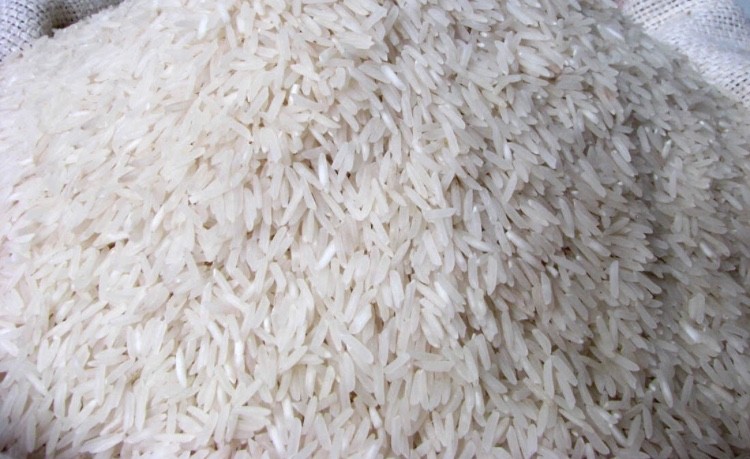
IRRI-09 Long Grain Rice
This unique variety of long-grain non-Basmati rice, predominantly cultivated in the southern parts of Pakistan, stands out due to its optimal growing conditions. The southern regions of Pakistan, known for their ideal climatic conditions, provide the perfect environment for this type of rice to thrive. This region’s consistent temperatures, ample sunlight, and specific soil composition contribute significantly to the unique characteristics of the rice.
The grains of this non-Basmati variety are distinctively long and narrow, with an opaque appearance that adds a visual appeal to the dishes it’s used in. One of the remarkable features of this rice is its ability to maintain separation post-cooking, making it a preferred choice for chefs and home cooks who desire non-clumpy, individually distinct rice grains in their culinary creations.
In terms of texture and flavor, this long grain non-Basmati rice offers a slightly chewy consistency and a neutral taste, making it an excellent canvas for absorbing the flavors of spices, herbs, and sauces in various dishes. Its versatility makes it ideal for a wide range of recipes, from traditional Pakistani dishes to international cuisines that require a firm, non-sticky rice texture.

Line Up in IRRI-09 Long Grain Rice:
We deal in the following:
- Irri 9 White Rice
- Irri 9 Steamed Rice
- Irri 9 Sella / Parboiled rice

This variety of long grain non-Basmati rice, predominantly cultivated in southern Pakistan, is known for its long, narrow, and opaque grains. It has a distinctive texture that tends to remain separate and non-sticky even after cooking, making it ideal for dishes where individual grain separation is preferred.
The climate of southern Pakistan is particularly conducive to growing high-quality long grain non-Basmati rice. The consistent warm temperatures, adequate sunlight, and specific soil conditions in this region contribute to the unique qualities of the rice, such as its length, texture, and taste.
Due to its ability to remain separate and not clump together after cooking, this long grain non-Basmati rice is excellent for a variety of dishes. It is particularly suitable for biryanis, pilafs, and salads, as well as being a great side dish to accompany curries and other saucy preparations.
Like other varieties of rice, long grain non-Basmati rice is a good source of carbohydrates, which provide energy. It is low in fat and can fit into various dietary needs. Being naturally gluten-free, it is also a suitable option for those with gluten sensitivities or celiac disease.
